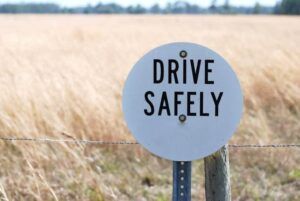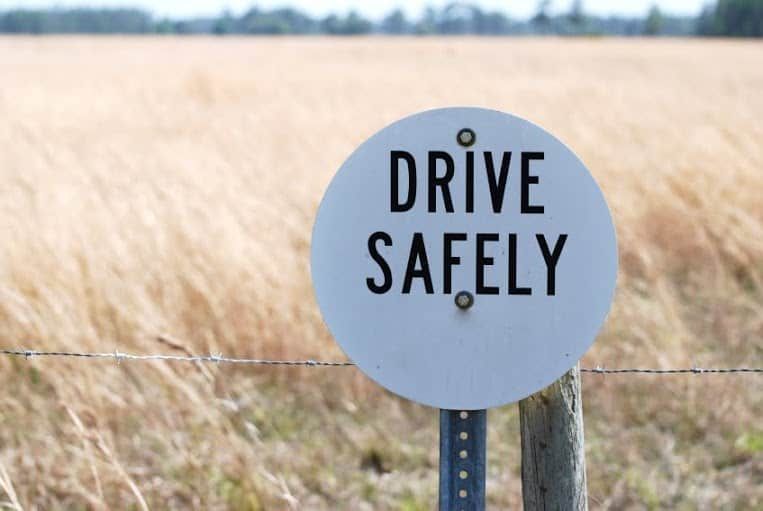 There are a lot of different terms people use when it comes to describing someone who is drunk. From ‘sloshed’ to ‘juiced,’ there’s always a new slang term to refer to people who have been drinking. But if that same person got behind the wheel of the car while drunk, there will only be a few specific terms law enforcement and lawmakers will use when laying charges for drinking and driving.
There are a lot of different terms people use when it comes to describing someone who is drunk. From ‘sloshed’ to ‘juiced,’ there’s always a new slang term to refer to people who have been drinking. But if that same person got behind the wheel of the car while drunk, there will only be a few specific terms law enforcement and lawmakers will use when laying charges for drinking and driving.
Driving under the influence (DUI) is a widely used term that means a person is driving while impaired by drugs or alcohol, and so many different states use the term DUI that it’s practically become synonymous with drinking and driving. Other terms lawmakers use to describe driving under the influence include:
- Driving while intoxicated (DWI)
- Operating While Impaired (OWI)
- Driving under the influence of drugs (DUID)
- Driving While Ability Impaired (DWAI)
- Impaired Driving (Canada)
All of these terms have the same basic definition as DUI, with the differences in penalties specified in state-by-state laws.
Across the United States, the blood alcohol concentration (BAC) at which you can be charged with DUI, DWI, and OWI is .08, but that’s not to say that you can’t be charged with a drinking and driving related offense if you register under .08 on a breathalyzer. Take DWAI in New York State for example—the term means driving while ability impaired, and if you’re stopped for suspicion of DWAI you can be charged if your blood alcohol concentration is more than .05 but less than .07.
Some states also add aggravating factors to their drunk driving charges, and you can be charged with aggravated DUI if you caused bodily harm, killed someone, or had a blood alcohol over .16.
No matter which term your state uses to charge people with drinking and driving, the underlying message is the same—it’s illegal to drink and drive, so hand the keys over to someone else if you’ve been drinking.
